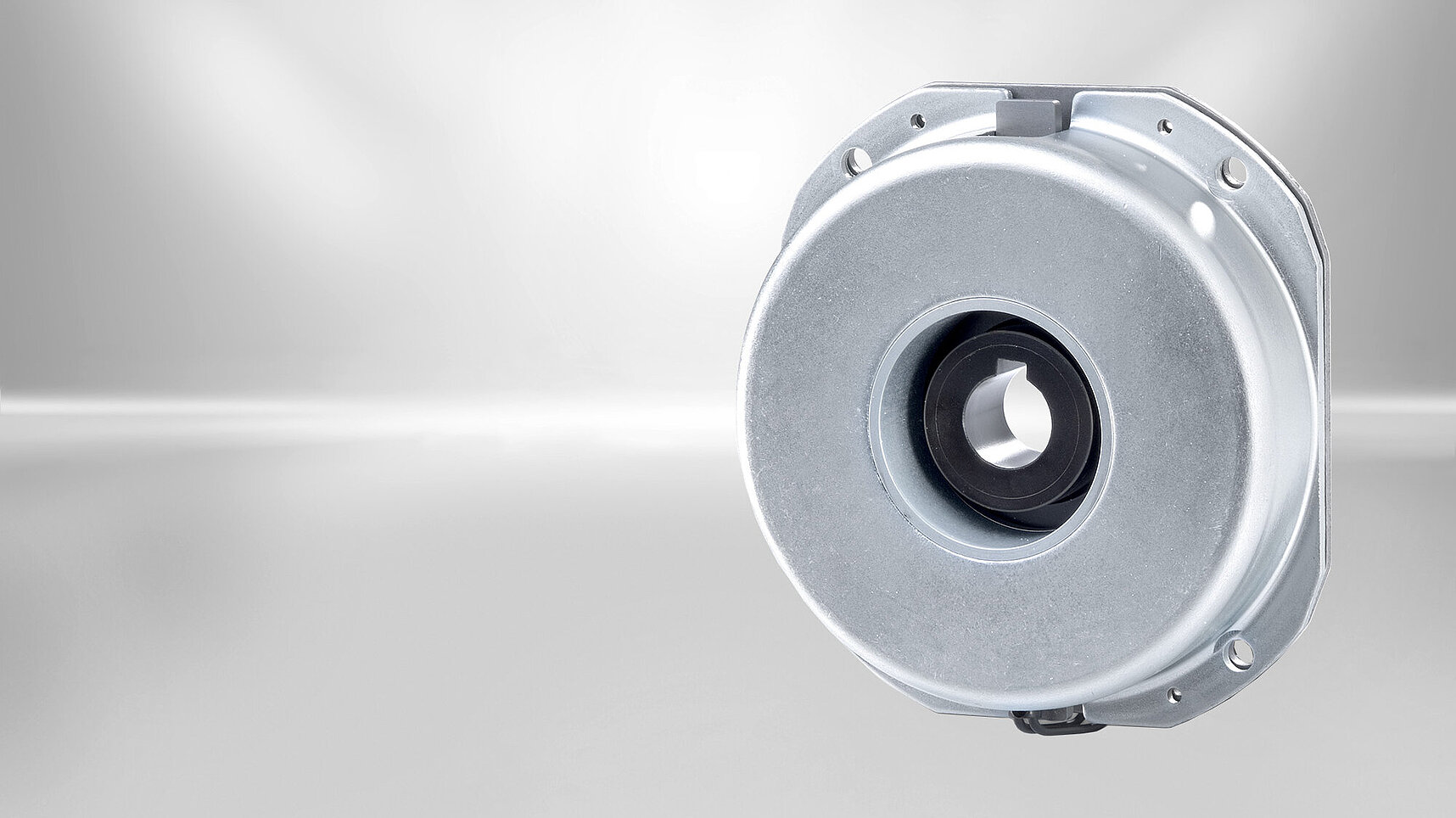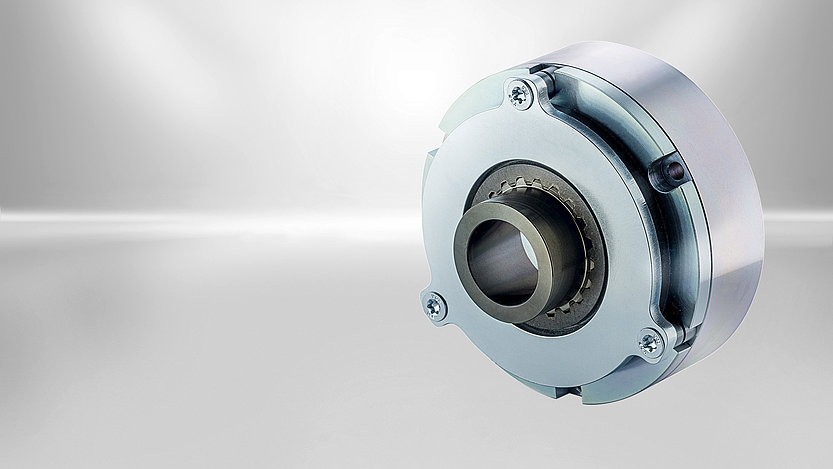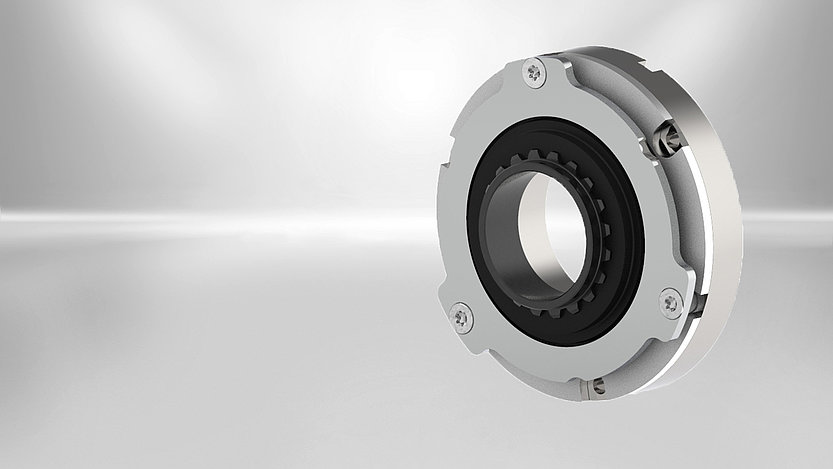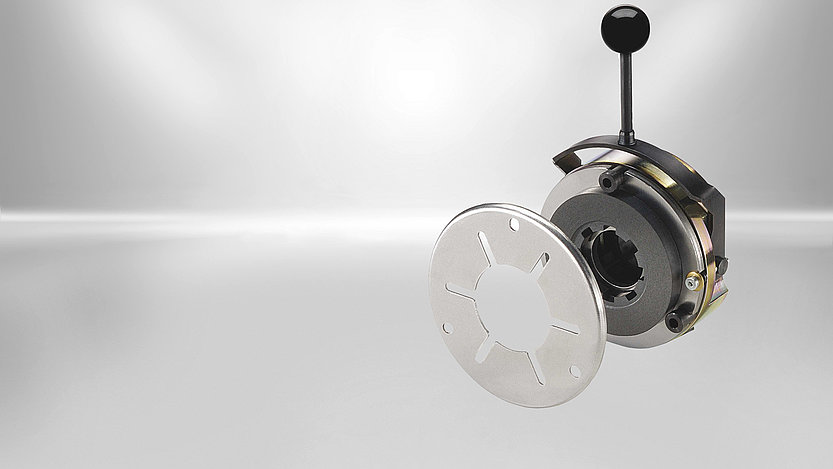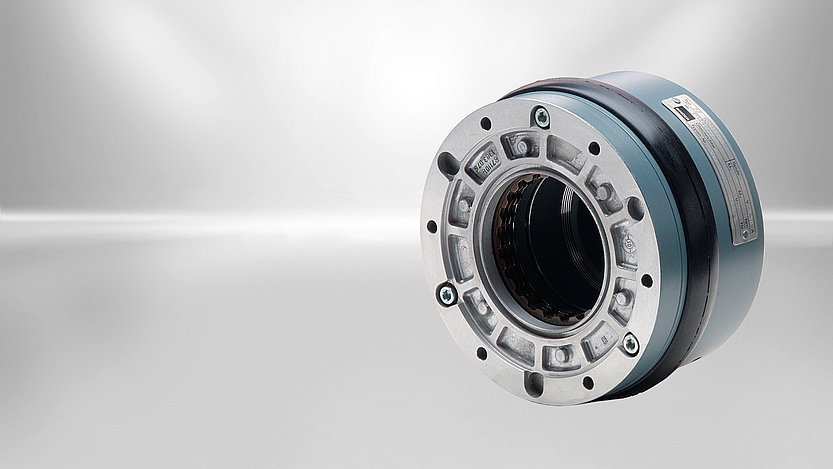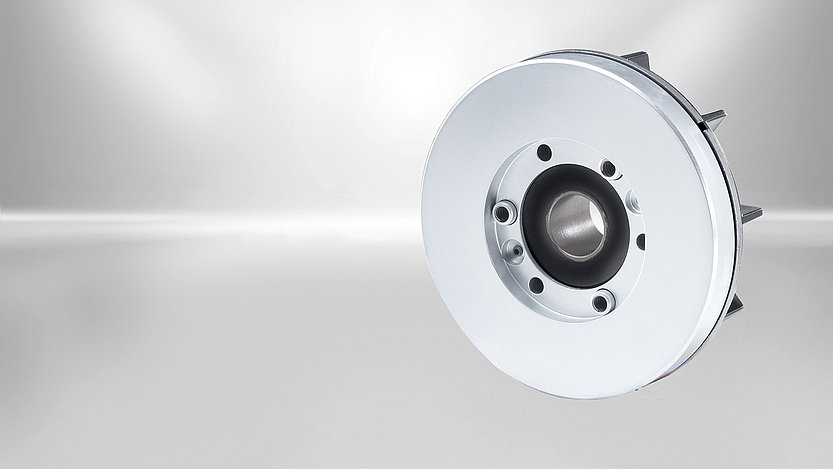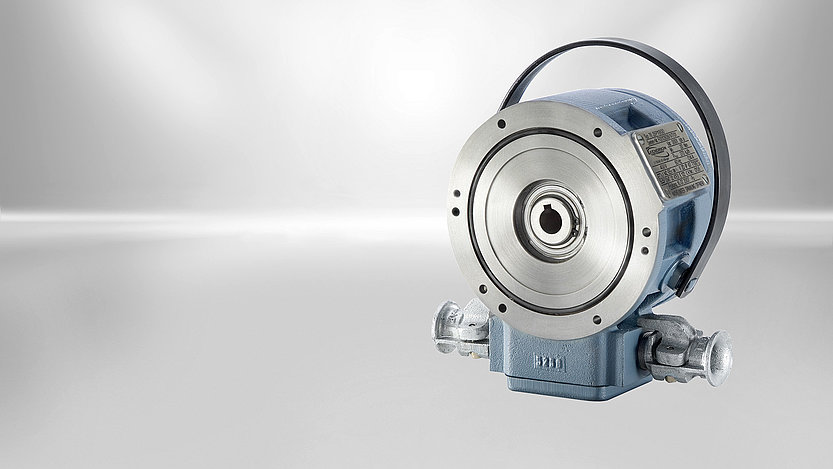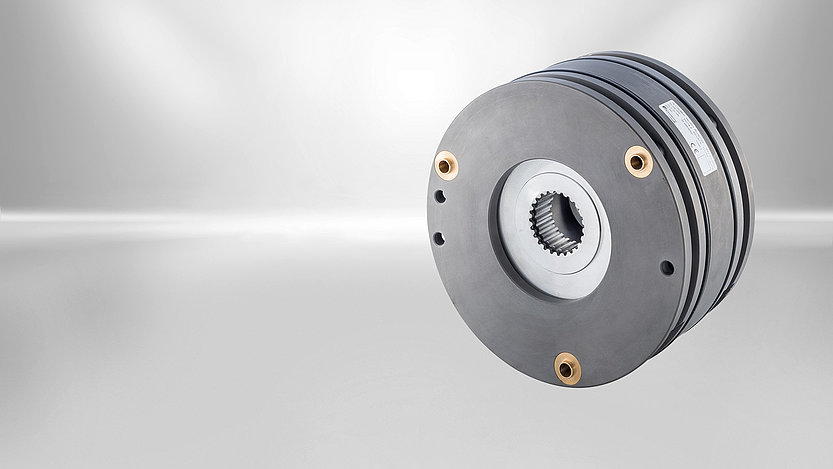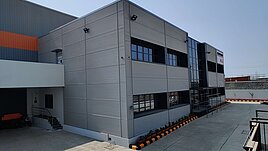Our Compact Line
The Compact Line includes spring-pressure single-disc brakes that can be mounted as complete units to the motor with very little assembly work. The compact design is of advantage when limited space complicates mounting. Electromagnetically-operated spring-applied brakes build up the braking torque when the current is switched off.
Operating principle
The spring-applied single-disc brake is designed to operate dry. The force generated by an electromagnetic field is utilised to overcome the braking effect produced by the spring force. The spring-applied single-disc brake engages in unpowered condition and releases when DC voltage is applied. The form-fit connection between the friction disc and hub and the connection of the hub with the machine shaft (e.g. motor shaft) ensure that the torque generated by the spring-applied single-disc brake (brake torque) is reliably transmitted to the machine (motor).
The spring-applied single-disc brake must be connected to a DC power source. The supply voltage can be rectified by means of a bridge rectifier or half-wave rectifier or by using a combination of the two rectifier types. Various rectifier versions are available to allow the brake to be connected directly to an AC power source. Depending on the brake size and torque, voltage ripple due to intermittent power supply may cause brake humming or incorrect brake operation. Perfect brake operation must be ensured by the user or system manufacturer by providing suitable electrical controls.
Brake design
The solenoid housing of the spring-applied single-disc brake accommodates the loosely fitted field coil with silicone-free coil leads that exit on the brake circumference. The former of the field coil comprises the compression springs which press the friction disc over the armature against the friction plate to generate the braking effect of the spring-applied brake. Pins are extruded onto the former of the field coil to secure the armature in its position. The friction disc features a square socket and can be moved on the hub in axial direction. When DC voltage is applied to the field coil of the spring-applied single-disc brake, the force of the electromagnetic field thus generated counteracts the spring force. The armature is released and the braking action is neutralised. The shaft to be braked is not exposed to any axial force by the brake.




